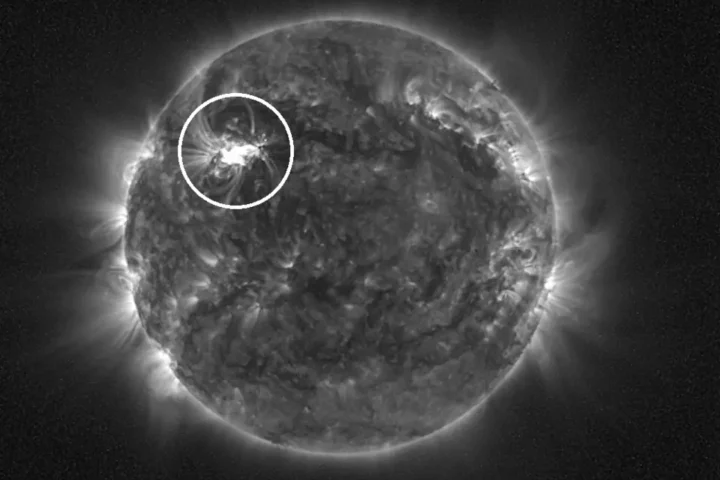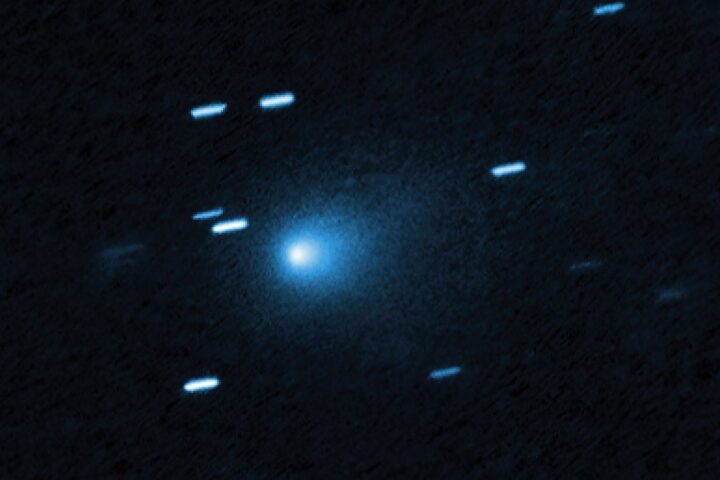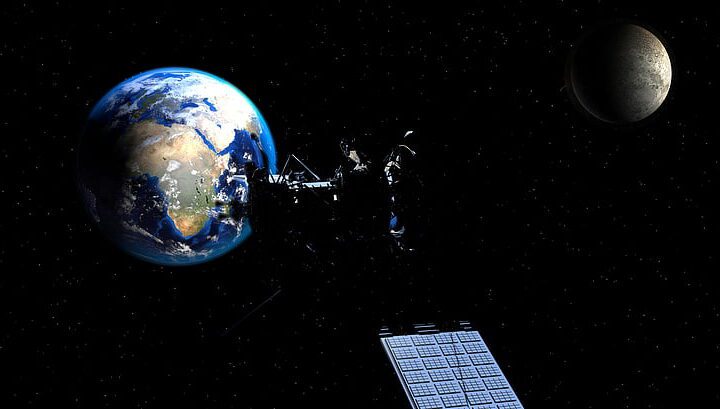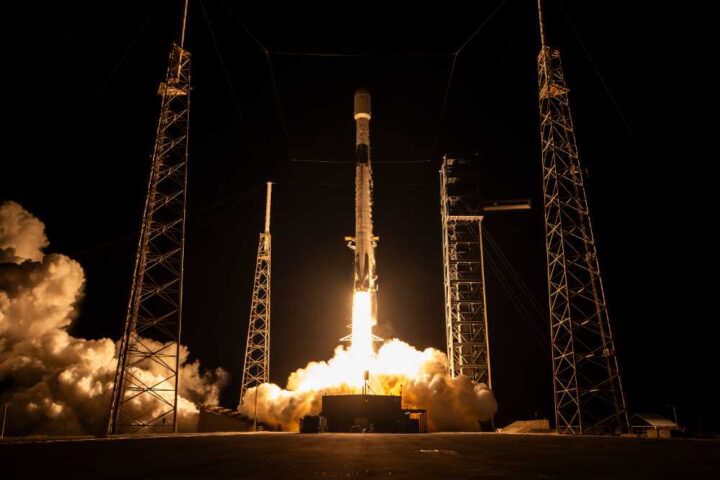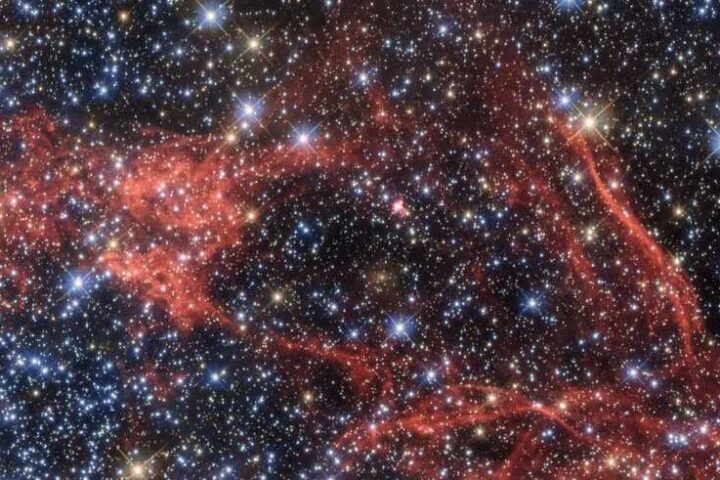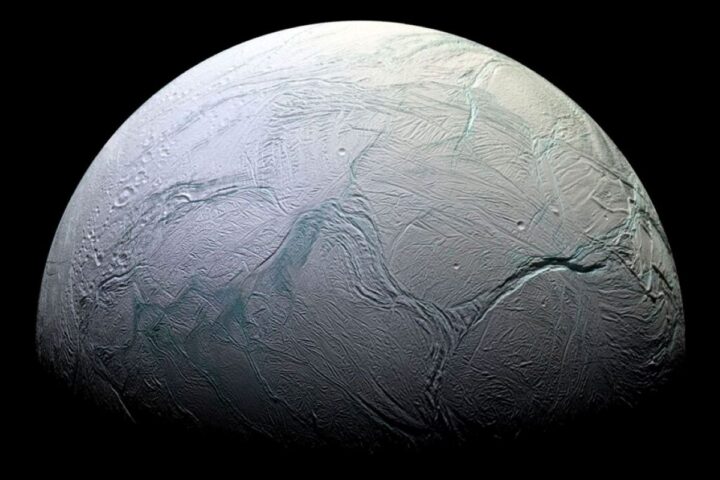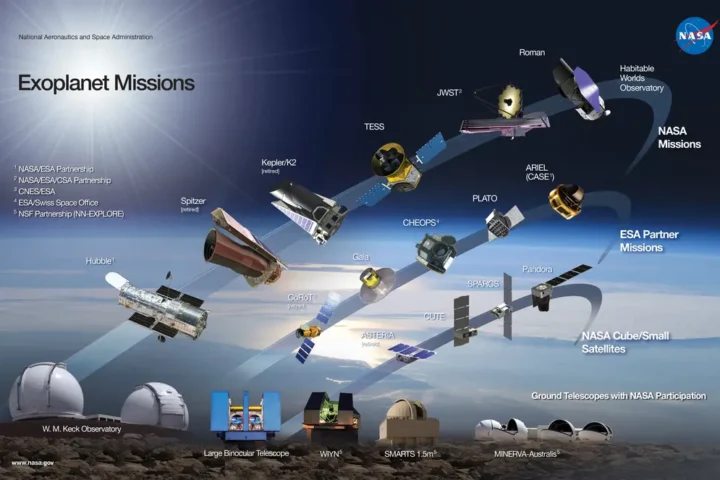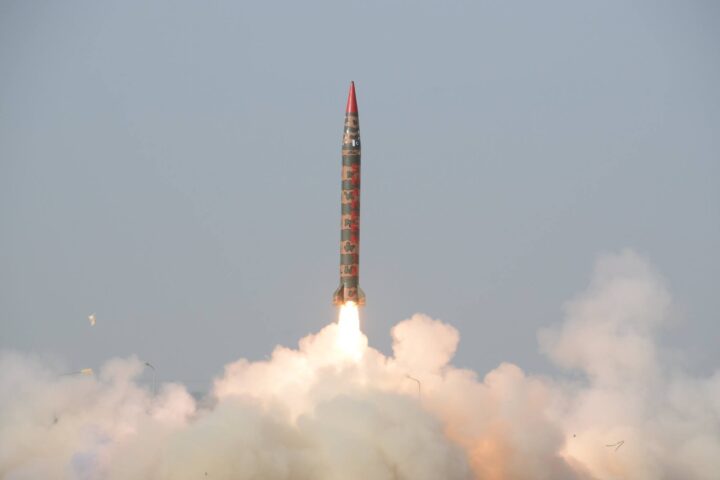
⏰ Rescheduled Launch Window
November 12
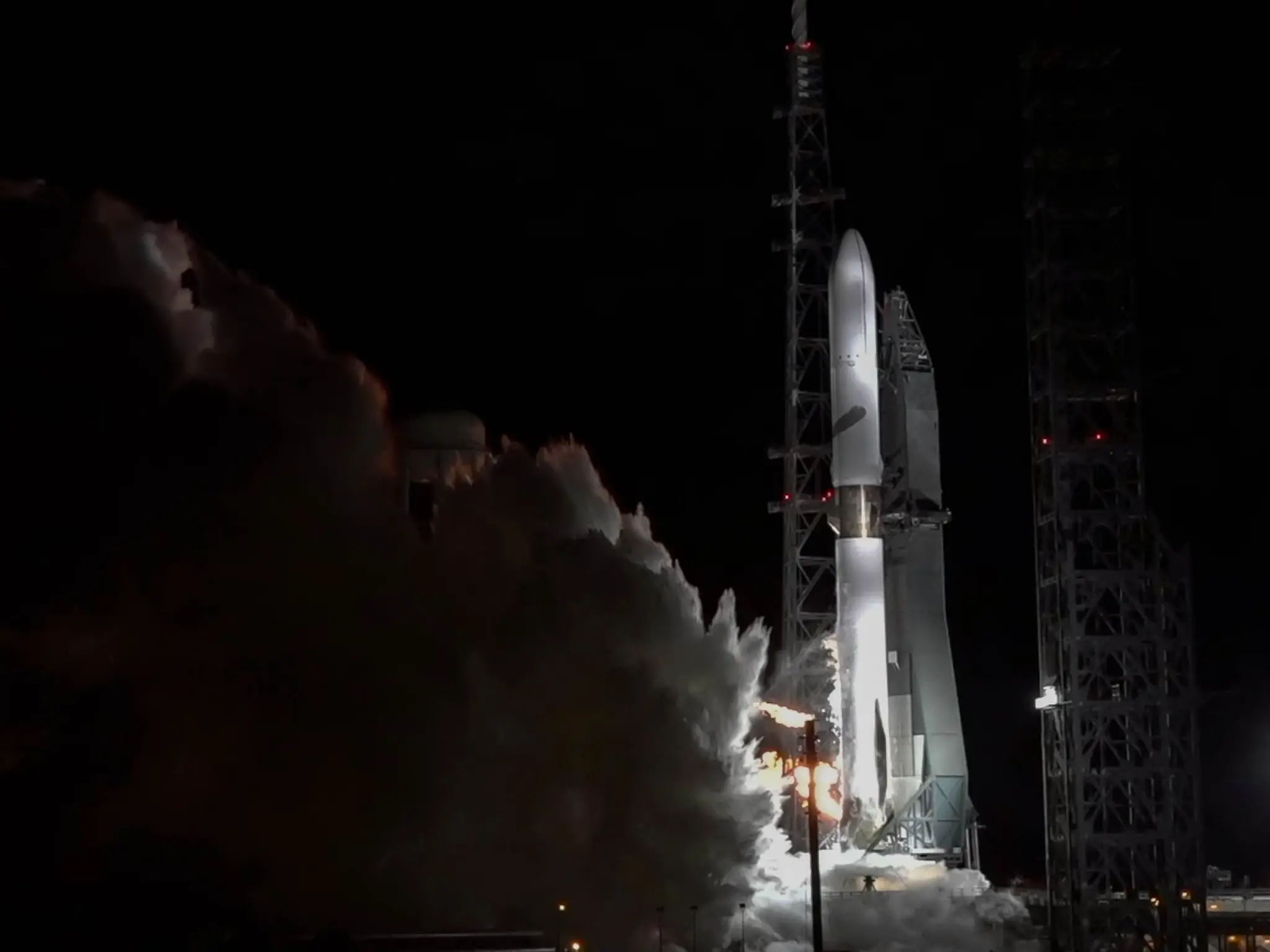
Weather Delay and Launch Scrub
Government Shutdown and FAA Order Context
Mission Timeline
New Glenn reached orbit with the Blue Ring prototype payload; the first‑stage booster was lost during descent, while the upper stage completed its demonstration profile.
Countdown halted under weather rules; Blue Origin set a new attempt after reviewing forecasts and sea‑state constraints for recovery.
Window 2:50–4:17 PM ET; booster landing attempt on Jacklyn in the Atlantic; upper stage to send ESCAPADE on its interplanetary trajectory.
Twin spacecraft begin coordinated observations of the magnetosphere and ionosphere to characterize atmospheric escape at Mars.
New Glenn Rocket Specifications
Mission Payloads
NASA ESCAPADE
Primary Payload — Mars Science
Viasat InRange Demo
Secondary Payload — Communications
Launch Obstacles and Operational Context
Weather Constraints
Cumulus cloud rule violation enforced the scrub under lightning criteria, with afternoon timing re‑evaluated for range safety.
Technical Readiness
Ground support equipment issues were noted at the pad; status tracked for readiness in the next attempt.
FAA Emergency Order
Order in effect limits launch hours; coordination enabled a daytime Mars window for NG‑2.
Booster Recovery
First stage was lost on NG‑1 descent; NG‑2 targets recovery on Jacklyn several hundred miles downrange.
Mars Window Constraints
Orbital mechanics constrain launch timing; delays compress available opportunities.
Competitive Benchmarks
Context against reusable operations by incumbents aligns focus on reliability and cadence.
Related on Karmactive
“Our number one objective is to deliver ESCAPADE safely and successfully. We also plan to land our booster.”
— Laura Maginnis, VP, New Glenn Mission Management
Official Mission Links
What Happens Next
The NG‑2 launch is scheduled within a 2:50–4:17 PM ET window on November 12 from LC‑36, carrying NASA’s ESCAPADE and a Viasat telemetry demo, with a first‑stage landing attempt on Jacklyn downrange.
Coverage included the delay, the revised window, the rocket specifications, payload descriptions, FAA context, and related references for follow‑up.




